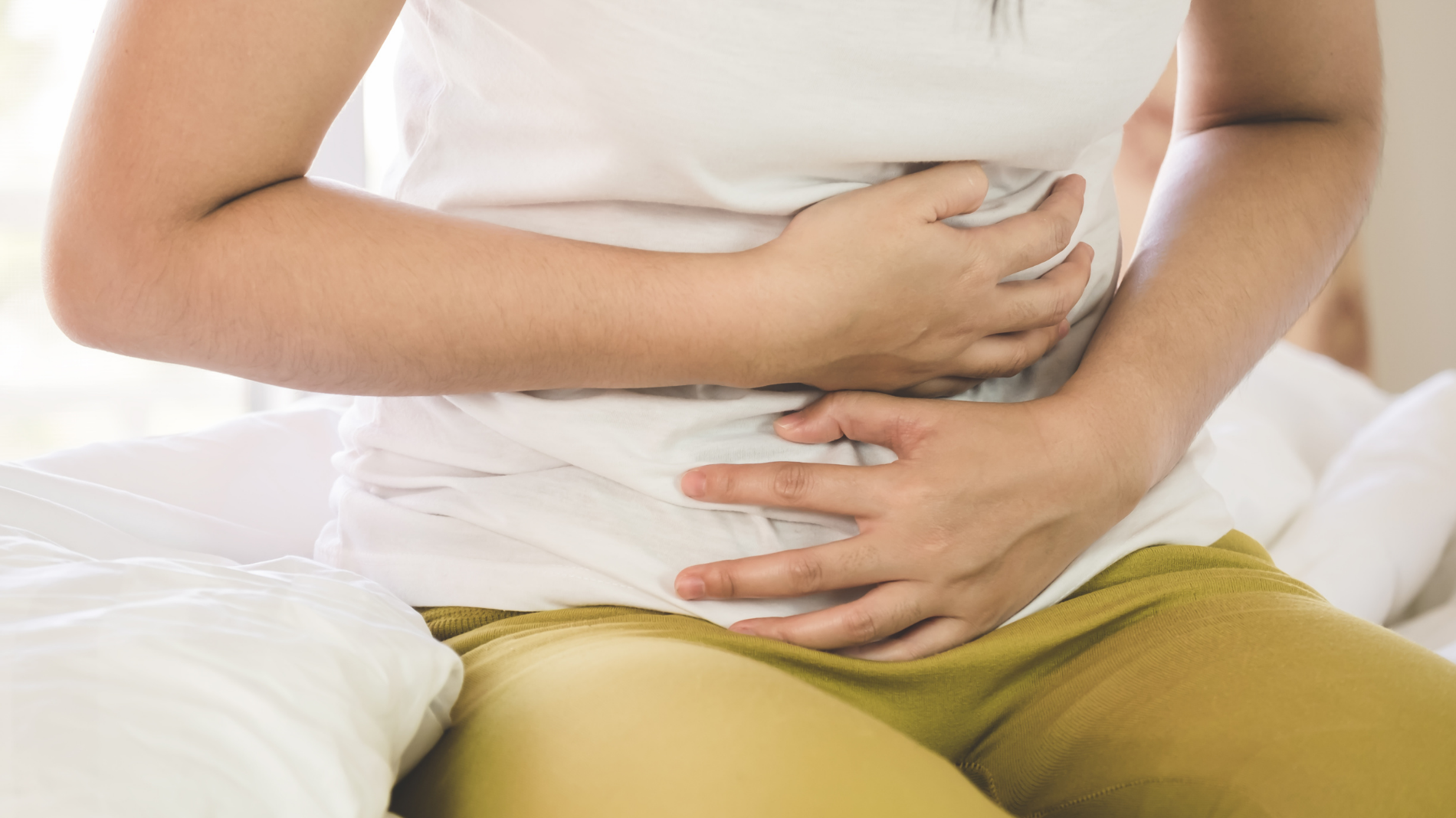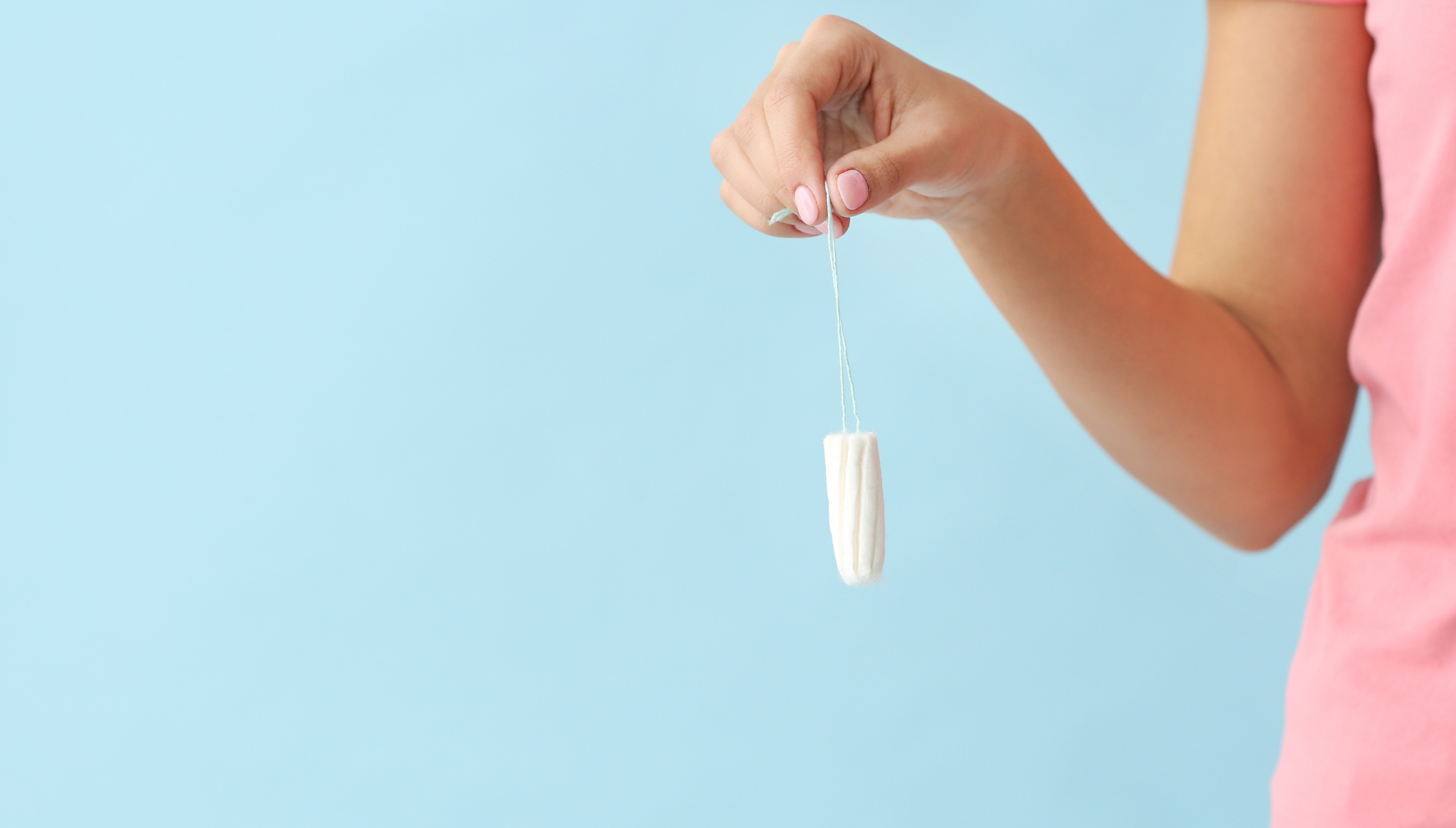If you’ve ever suffered from thrush or bacterial vaginosis, you know things can get a little unpleasant and your vagina can feel anything but friendly. But can you have thrush & BV at the same time? Today, we’ll answer that question: can you have thrush and BV at the same time? Alongside some tips if you ever find yourself diagnosed with thrush or BV…
Can you have thrush and BV at the same time?
In short: yes. It is possible to have both bacterial vaginosis and thrush at the same time. BV is an overgrowth of bacteria in the vagina, whilst thrush is an overgrowth of yeast. Whilst these infections have different symptoms they can occur simultaneously and can easily be confused with each other.
It’s always important to seek proper medical diagnosis and treatment as both conditions can have serious consequences if left untreated. Your doctor or local sexual health clinic can perform texts to accurately diagnose these infections and determine the best course of treatment.
What is thrush?
Thrush is an infection caused by the fungus Candida albicans, which can affect the mouth, throat, and genitals. Candida is a type of yeast that is naturally present in the body and usually lives harmlessly in the mouth, gut and vagina but it can overgrow when the body’s natural balance is disrupted.
Symptoms of thrush
Thrush is pretty easy to recognise and there’s some common symptoms to keep an eye out for:
- White discharge (think cottage cheese) which usually doesn’t smell.
- Feeling itchy in and around your vagina.
- Red & swollen labia.
- Soreness around the entrance to your vagina.
- A feeling soreness or painful stinging when you have sex or use the bathroom.
You may not experience all the symptoms of thrush, in fact some people with thrush don’t experience any at all. Most symptoms will clear up within a week if you treat your thrush properly.
How to treat thrush
Thrush can be treated with antifungal medications which are available over-the-counter or by prescription. The most common thrush treatment options are:
- Topical antifungal creams or ointments: this will be applied directly to the affected area, these medications can relieve itching, burning and help clear the infection.
- Oral antifungal medication: you’ll take this by mouth and is usually used to treat more severe or recurrent infections.
- Suppositories: you’ll insert this into your vagina, this medication will provide direct treatment to the affected area.
How to avoid thrush
- Dry your vagina properly after washing.
- Avoid sex if it’s uncomfortable.
- Don’t use soap or shower gel on your vulva.
- Drink lots of fluid.
- Use organic cotton period care.
- Wear organic cotton underwear.
- Use sensitive or fragrance-free detergents to wash your underwear.
- Swap to showers instead of baths.
- Don’t use douches or deodorants on your vagina.
What is BV?
Bacterial vaginosis is an infection which (like thrush) is caused by an imbalance of the natural bacteria in your vagina.
BV clears up quickly if treated properly but you’ll need to go to see your GP or sexual health clinic to get effective medication prescribed to you. Unlike thrush which can be treated with over-the-counter medications.
Symptoms of BV
Although thrush & BV may seem very similar, there’s some key differences when it comes to symptoms. The most common symptoms of bacterial vaginosis are:
- Abnormal discharge that’s thin, grey or white with a strong, fishy odour. This odour will often be more noticeable after sexual intercourse.
- Itching or burning in the vaginal area.
- Pain or discomfort during sex.
Similarly to thrush, some people may have BV without any symptoms at all.
How to treat BV
BV is usually treated with antibiotics, either topical or oral. It’s important to take the full course of antibiotics as directed by your healthcare provider, even if symptoms improve before the medication is finished. In some cases, multiple doses or a longer course of antibiotics may be necessary to clear the infection completely.
Remember: it’s always important to see a doctor or sexual health clinic for proper diagnosis. As bacterial vaginosis can be easily confused with other conditions, such as thrush, proper treatment requires accurate diagnosis. If left untreated, BV can lead to other health problems like pelvic inflammatory disease and an increased risk of sexually transmitted infections.
How to avoid BV
In addition to antibiotics, here’s some self-care tips that can also help relieve symptoms and prevent reinfection:
- Keep the affected area clean & dry.
- Use period pads with organic cotton topsheets.
- Wear breathable organic cotton underwear.
- Avoid tight clothing & synthetic materials.
- Avoid using douches, fragrances and powders in the genital area.
- Always wipe front to back after using the toilet.
Blog disclaimer
Our blog is intended to share information and ideas around periods, health, and sustainability. While we do our best to keep content accurate and up to date, things can change over time. The information here is not intended as medical advice — for any health-related concerns, please consult a qualified healthcare professional. For more information on our claims, please see our Claims Page, and for the most up-to-date product information, please visit our Product Pages.





